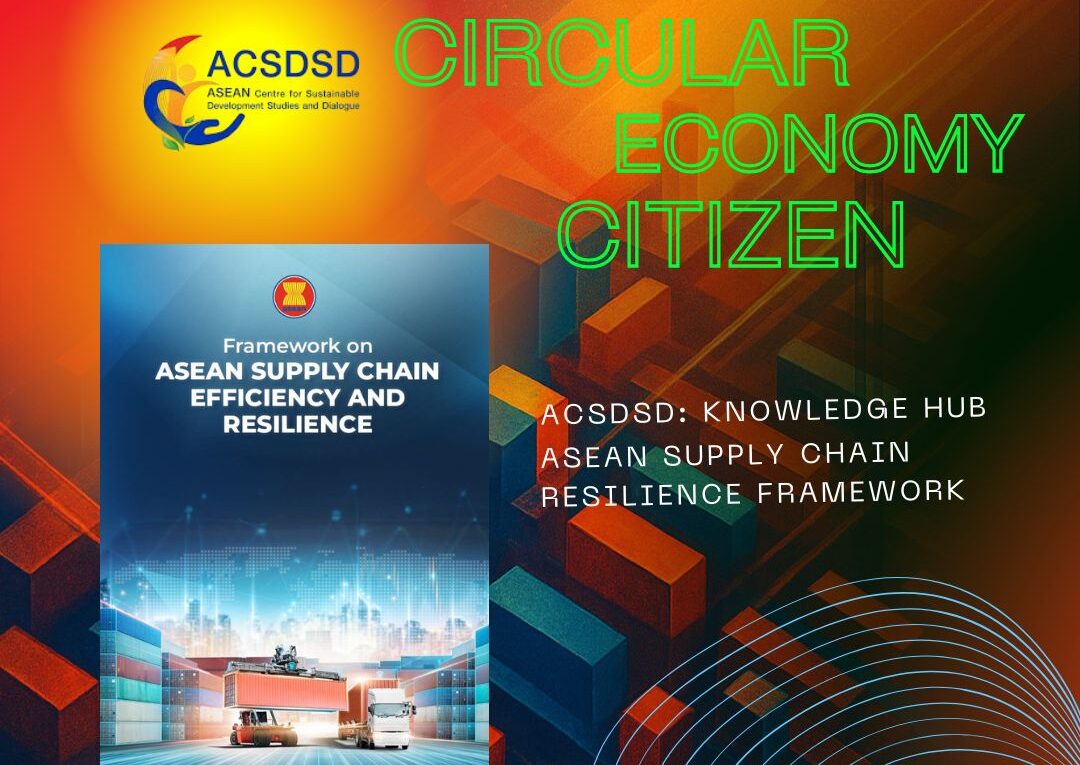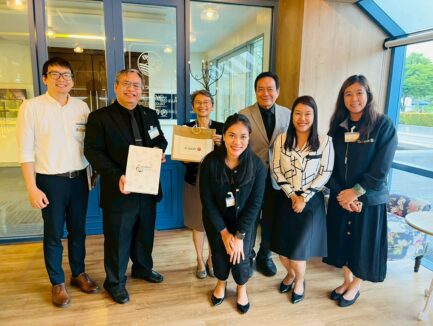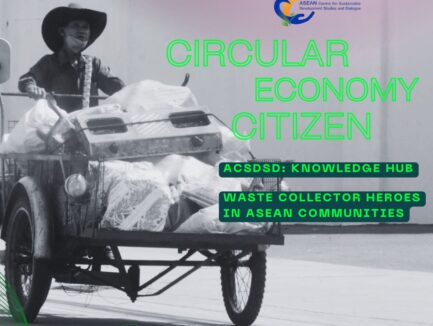Too Much Packaging, Not Enough Product? ASEAN’s Smart Packaging Shift Begins

In ASEAN’s fast-growing consumer markets, excessive packaging is clogging landfills and inflating costs. The solution? Smarter, localised packaging systems that prioritise sustainability without compromising product integrity.
ASEAN Supply Chain Resilience Framework
📦 ASEAN Supply Chain Resilience Framework Impact encourages innovation in packaging and logistics to withstand disruptions and reduce environmental footprints. Developed under MPAC 2025, this framework supports startups and SMEs in adopting localised, low-impact supply chain models.
Did You Know?
What is one benefit of smart packaging in ASEAN’s supply chain strategy?
The answer is C. ) Well done!
Smart Packaging: A Triple Win
Smart packaging—designed to be reusable, compostable, or minimal—offers a triple win: reduced waste, lower logistics costs, and stronger brand credibility. Climate action is urgent, as the ASEAN region is highly vulnerable to the impacts of climate change. Carbon footprint has become a key metric in building climate-friendly supply chains across ASEAN. By measuring emissions from packaging, transportation, and production, businesses can identify hotspots and adopt low-impact alternatives, such as localised sourcing and reusable materials. This not only reduces environmental harm but also aligns with ASEAN’s push for circular economies and resilient infrastructure under MPAC 2025.
By sourcing materials locally and tailoring designs to regional needs, businesses can cut carbon footprints and support circular economies. For example, banana fiber wraps in the Philippines or cassava-based bioplastics in Thailand are emerging as scalable, eco-friendly alternatives.
📬 Contact: Pakjira Numchaisombut (pakjira.num@acsdsd.org)
For contributions to the ACSDSD blog or inquiries about ASEAN sustainability campaigns.
📘 ASEAN Complementarities Focus Areas
ASEAN Complementarities Initiatives
Infrastructure and Connectivity
Sustainable Consumption & Production

